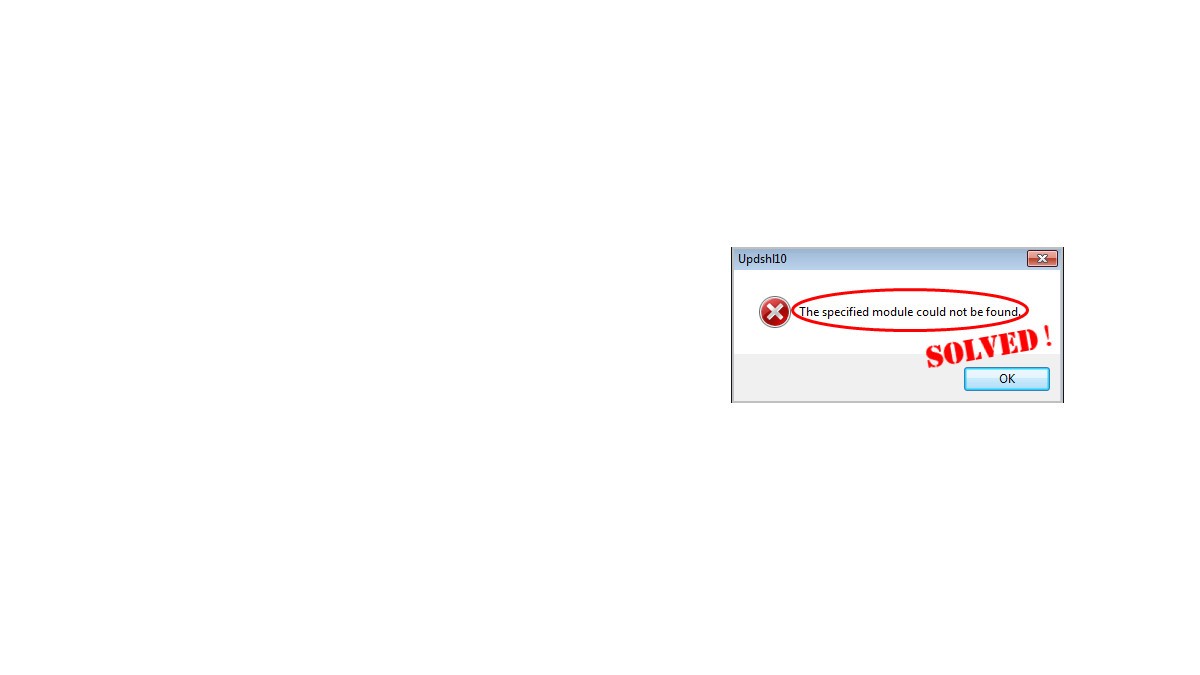If you run into The specified module could not be found error, don’t worry. It’s often not hard to fix at all…
Fixes for The specified module could not be found
Here are 4 fixes that have helped other users resolve the specified module could not be found error. You may not have to try them all; just work your way down the list until you find the one that works for you.
Fix 1: Repair system files
Missing, corrupt, or damaged system files may cause the specified module could not be found error. To eliminate this issue as a possible cause, you can try the 2 ways below to repair possible system file issues.
Repair & replace corrupt system files with Fortect
The specified module could not be found issue could be caused by corrupt system files. Fortect is a tool that specializes in Windows repairing and fixing corrupt files automatically.
With Fortect, the preliminary will scan your computer’s operating system for viruses, malware, and missing, damaged, or corrupt files, then it removes all problematic files found and replaces them with new healthy files. It’s like a clean reinstall of your operating system, except that you won’t lose any user data, and all programs, and settings are exactly as they are before the repair.
Here’s how to use Fortect to repair system files on your PC:
1) Download and install Fortect.
2) Fire up Fortect and run a free scan.
3) Once finished, Fortect will generate a detailed report of your computer health, which includes all issues detected.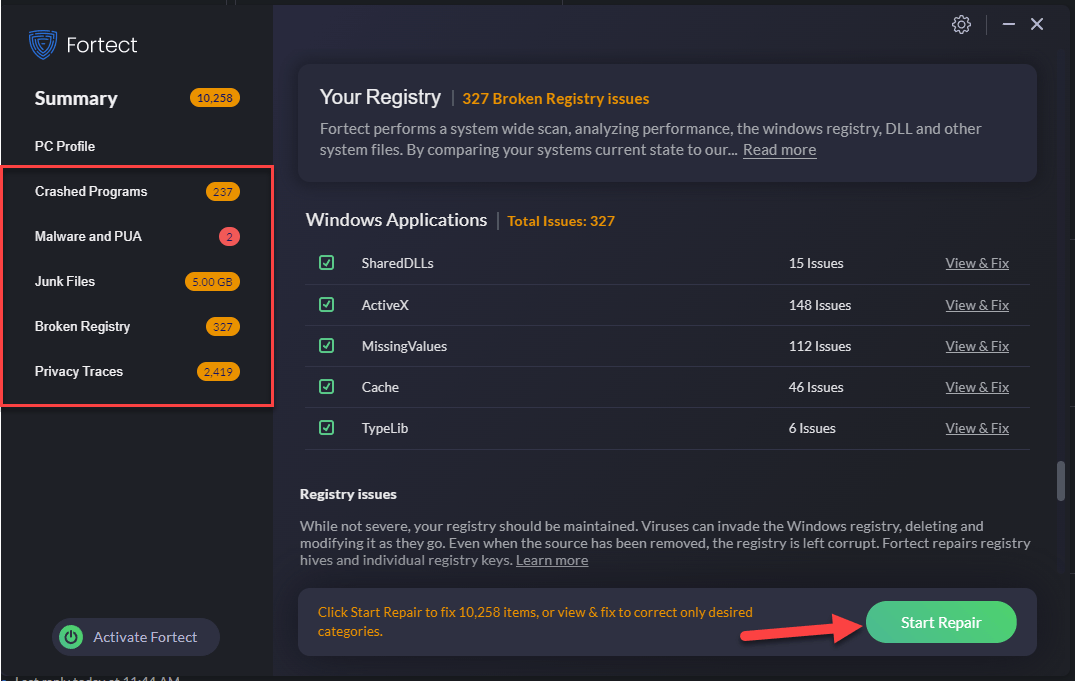
To fix all the issues automatically, click Start Repair (You’ll need to purchase the full version. It comes with a 60-day Money-Back Guarantee so you can refund anytime if Fortect doesn’t fix your problem).
5) Restart your computer for the changes to take effect.
6) Check your computer to see if the issue is fixed.
Run SFC scan
System File Checker (SFC) is a handy feature in Windows that helps scan your system files and repair missing or corrupted system files(including those related to BSOD). To run the SFC scan:
1) On your keyboard, press the Windows logo key and type cmd. Then right-click on Command Prompt and click Run as administrator.
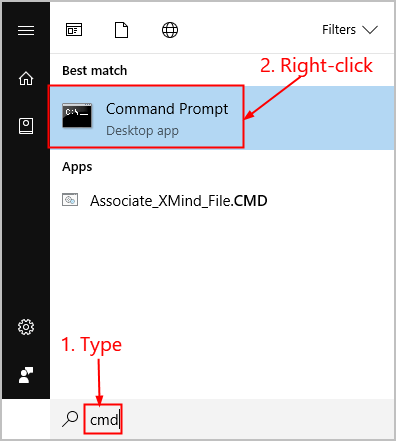
2) Click Yes when prompted to confirm.
3) In the command prompt window, type sfc /scannow and press Enter.
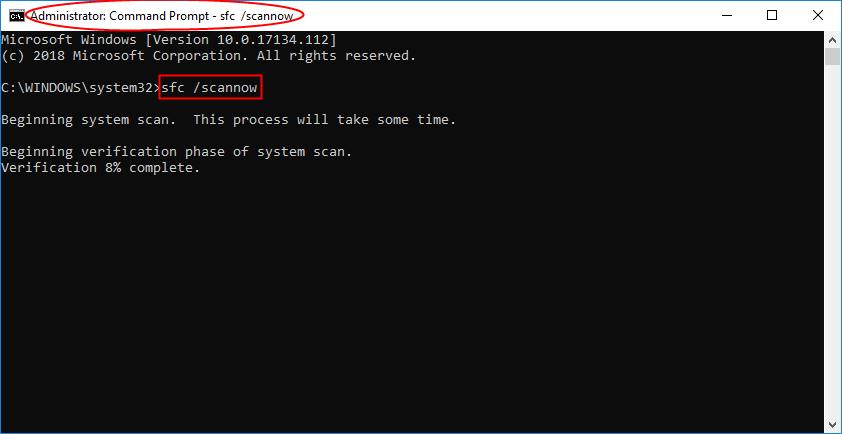
It’ll take some time for the SFC to replace the corrupted system files with new ones if it detects any, so please be patient.
4) Restart your computer for the changes to take effect.
5) Check your computer to see if the problem has been fixed.
Fix 2: Update your device drivers
This problem may occur if you are using the wrong or outdated device drivers. So you should update your drivers to see if it fixes your problem. If you don’t have the time, patience or skills to update the driver manually, you can do it automatically with Driver Easy.
Driver Easy will automatically recognize your system and find the correct drivers for it. You don’t need to know exactly what system your computer is running, you don’t need to be troubled by the wrong driver you would be downloading, and you don’t need to worry about making a mistake when installing. Driver Easy handles it all.
You can update your drivers automatically with either the FREE or the Pro version of Driver Easy. But with the Pro version it takes just 2 steps (and you get full support and a 30-day money back guarantee):
1) Download and install Driver Easy.
2) Run Driver Easy and click the Scan Now button. Driver Easy will then scan your computer and detect any problem drivers.

3) Click Update All to automatically download and install the correct version of ALL the drivers that are missing or out of date on your system (this requires the Pro version – you’ll be prompted to upgrade when you click Update All).

4) Restart your computer for the changes to take effect.
5) Check to see if the The specified module could not be found error is fixed. If yes, then congrats! If the issue still persists, please try Fix 3, below.
Fix 3: Run a virus scan
If the fixes above didn’t help with the situation, then chances are your computer is suffering from a nasty malware attack, which can very well feed into more problems (like sluggishness or system crashes) if mishandled.
So we might have to run a virus scan to nip problems in the bud. Norton is a trustworthy award-winning antivirus program in keeping you protected from existing, new, and even yet-to-be-invented threats with patented technology.
Give it a try now and keep your computer in good health!
Fix 4: Delete files in registry
Another reason for the The specified module could not be found problem is the damaged Windows registry entries. If that’s the case, we might have to delete those files for our computer to run properly again.
Here is how to do it:
- On your keyboard, press the Windows logo key and R at the same time, then copy & paste regedit into the box and press Enter.
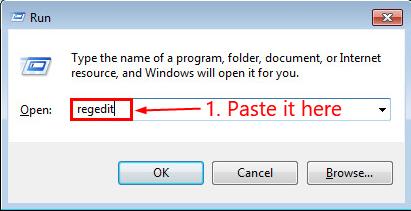
- Locate and double-click on HKEY_LOCAL_MACHINE > Software > Microsoft > Windows > CurrentVersion. Then delete Run.
- Locate and double-click on HKEY_CURRENT_USER > Software > Microsoft > Windows > CurrentVersion. Then delete Run.
- Locate and double-click on HKEY_LOCAL_MACHINE > Software > Microsoft > Windows > CurrentVersion. Then delete RunOnce.
- Locate and double-click on HKEY_CURRENT_USER > Software > Microsoft > Windows > CurrentVersion. Then delete RunOnce.
- Restart your computer and check if if it works.
Hopefully you have successfully resolved the The specified module could not be found issue by now. If you have any questions, ideas or suggestions, please let me know in the comments. Thanks for reading!






